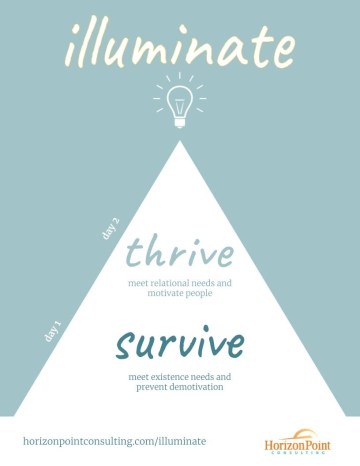We’re fortunate to work with hundreds of different people across industries and state lines, and we learn something new with each project and grow personally from every relationship. We also hear many, many stories about bad managers and toxic coworkers. Back in 2019, Lorrie addressed the question, Are Your Top Employees Also Your Most Toxic?.
When I’m facilitating leadership or communication training, I often get the feedback, “I think I can try these strategies and behaviors with most of my coworkers, but what do I do with someone who is just a jerk?”. If we have the opportunity for more conversation, I can usually help get to the root of the behavior and suggest a strategy or two. Sometimes I just have to shrug my shoulders and say, “I’m sorry, that’s tough”. It really stinks when I feel like I can’t help.
A few weeks ago, I discovered Jerks at Work: Toxic Coworkers and What to Do About Them by Tessa West, and I am here to sing praises! Tessa, an Associate Professor of Psychology at New York University, defines seven types of work jerks and how to deal with them. She also provides three practical resources:
- Am I a Jerk at Work? (take this quiz online!)
- Am I an Effective Ally? (take this quiz online!)
- What Type of Jerk Do I Have at Work?
I took both quizzes, and not only did I get clear insight into my results, the quizzes themselves challenged me to think critically and honestly about how I would respond in real-life scenarios.
Here’s Tessa’s definition of an Ideal Coworker:
Even in tough situations, you try to take the perspective of others. When there’s conflict at work, you don’t run and hide. Instead, you have difficult conversations, even if it means finding out a thing or two about yourself that you don’t like.
In groups, you’re willing to lead without dominating conversations and agendas. As a boss, you’re careful not to fall into micromanagement traps. When you feel overwhelmed you accept help, have your direct reports prioritize work, and figure out what projects need the most attention.
Do you see yourself in that description? What about your direct supervisor? If you have direct reports, do you think they view you this way?
Let’s look at Tessa’s definition of the Effective Ally:
You respond to jerk at work behavior with a combination of appropriate confrontation and advice-giving. You realize that the solution to jerks at work is to form allies at work, and you’re quick to help victims find the right people to buffer and protect them. Grand, public gestures of support are not your style. If confrontation is called for, you prefer one-on-one meetings. You realize that public shaming rarely gets you to where you want to be. Instead, you use tactics aimed at reducing conflict rather than exacerbating it. You prefer open and honest communication between those who are involved as an initial strategy.
Often you find yourself in a mediator role, helping two people with conflict work it out. Boss’s love having you around because you know how to ease interpersonal tensions without creating the appearance of taking sides. If you aren’t a leader already, there’s a good chance you will be some day.
Same questions as before: Do you see yourself in that description? What about your direct supervisor? If you have direct reports, do you think they view you this way?
Jerks at Work defines seven types of toxic coworkers, including four specific types of toxic bosses. For each type, Tessa provides “sneaky behaviors to watch out for”, specific strategies to try, and insight for bosses to help prevent toxic behaviors on teams in the first place. I won’t spoil the reveal for you, but suffice to say, you will see people you know in this book. It might even be you.
I’ll leave you with this excerpt from the book’s conclusion:
For most of us, sustained conflict at work causes stress and anxiety and interferes with our ability to get stuff done…[None of the] strategies I recommend in this book cost a million dollars, or hours and hours of precious time, to implement…Jerk-at-work problems can be the death of a team. And luckily for you and me, it doesn’t take a rocket scientist to solve them. It’s about looking out for warning signs, understanding why someone behaves the way they do, and learning how to open the lines of communication so you can solve the problem quickly and with as little stress as possible. That way you have time for real rocket science.
At the end of the day, we all want to do meaningful work alongside people who support us. No one wants to deal with jerks at work. But sometimes we have to. And sometimes we find that we are the jerks ourselves. Are you (or someone you know) a jerk at work?






